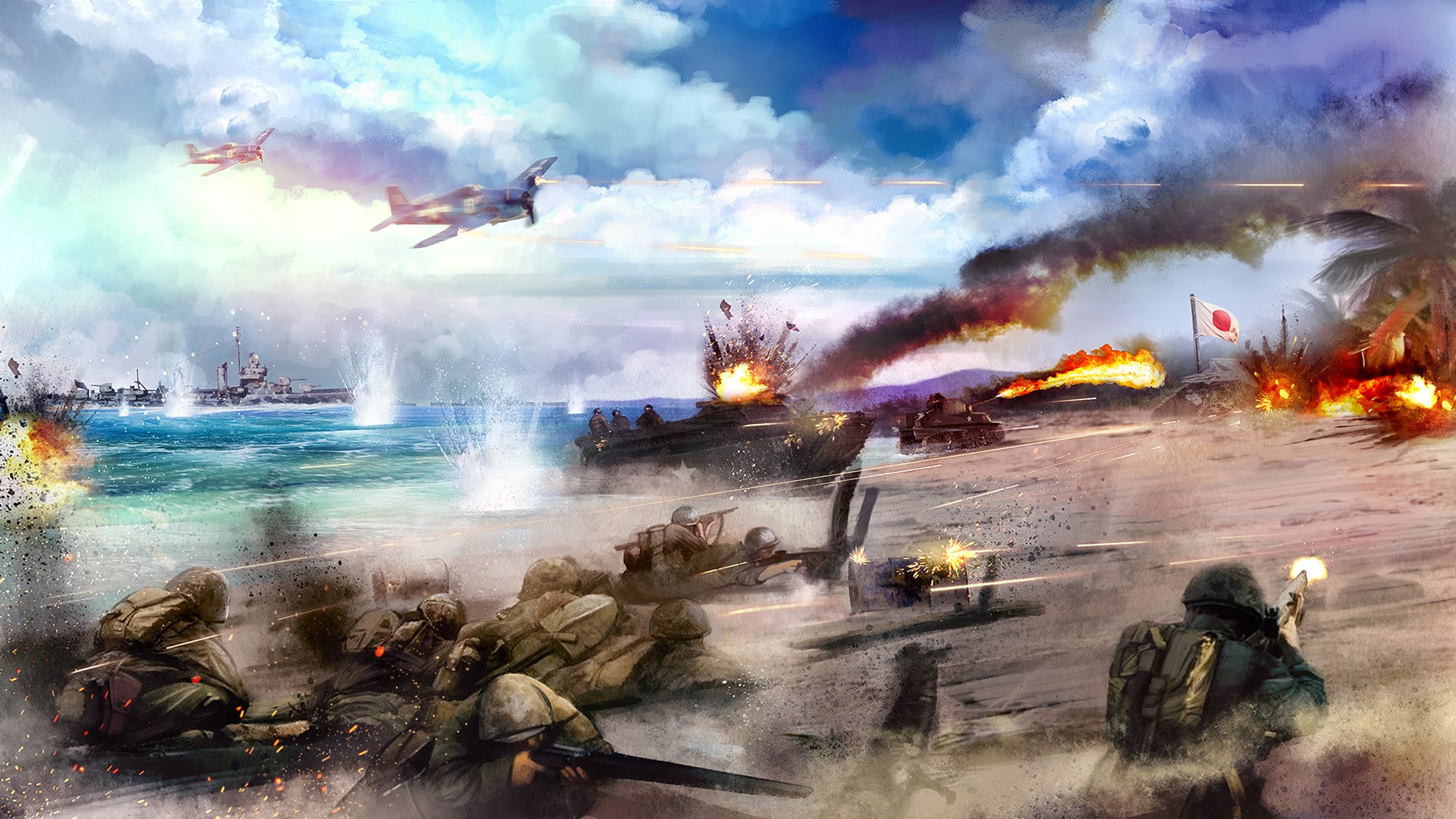
Thinking critically about actions on the Korean Peninsula in the early 1950s, it is important to remember that the majority of the world was still recovering from a world war which left many nations barely functioning. In order to understand the operational art and dynamics of Chromite’s success, it is necessary to frame the problem through a Cold War perspective militarily and politically, analyze the defense of the Pusan Perimeter to the planning and execution of Chromite, and evaluate how the operation successfully met strategic objectives through the creative and skillful employment of military forces while balancing the ends, ways, means, and risk. Chromite successfully prevented a defeat at the Pusan Perimeter while cutting off vital North Korean lines of supply and communication through an amphibious envelopment. His decision to execute Operation Chromite, a bold, combined arms, amphibious landing on the Korean west coast at Inchon, turned the tide of the war. The difference between success or failure on the Korean Peninsula fell on the shoulders of the theater commander, US Army General Douglas MacArthur.


Rear Admiral James Doyle, Operation Chromite Amphibious Force Commanderīy September 1950, the United Nations (UN) and South Korean forces were between a rock and a hard place inside the Pusan Perimeter, with the Sea of Japan to the east, the Korea Strait to the south, and the Korean People’s Army (KPA) moving aggressively from the north.

“We drew up a list of every conceivable and natural handicap and Inchon had ‘em all.”


 0 kommentar(er)
0 kommentar(er)
